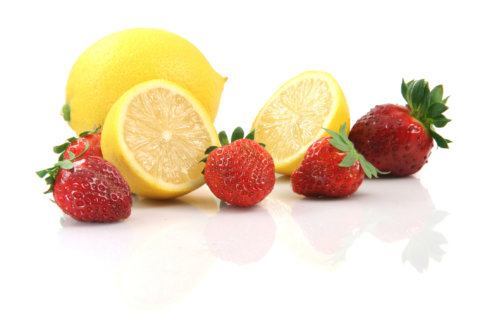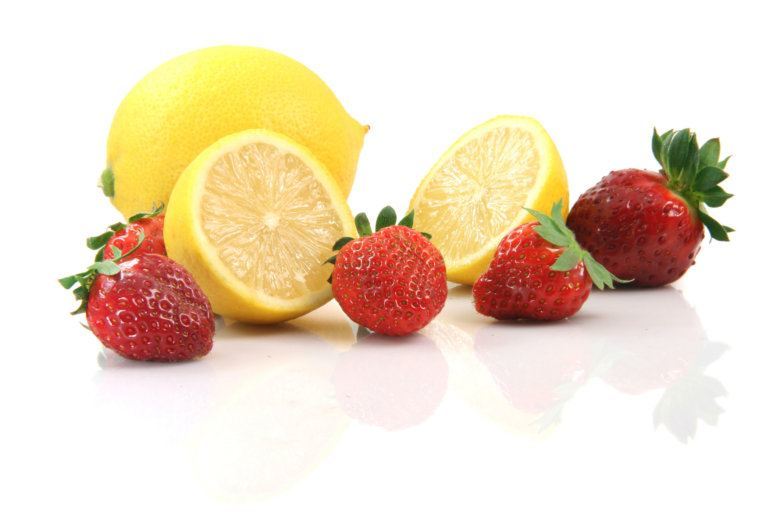
We’ve been waiting for you, warm weather.
And it’s felt like forever. To celebrate, try this: Make your meals match those bright colors outside — blue, yellow, green, you name it. A colorful plate isn’t only tasty, it’s good for you. These, the superfoods of summer, will help get you started:
Cauliflower
This cruciferous veggie is packed with important nutrients, including B vitamins, manganese, omega-3 fatty acids and vitamin K. One cup provides about 25 calories and 10 percent of your daily fiber, so use it to replace more high-calorie choices, say registered dietitian siblings Tammy Lakatos Shames and Elysse Lakatos, authors of “The Nutrition Twins’ Veggie Cure.” They recommend subbing cauliflower for rice or mashed potatoes, or digging into a healthy cauliflower casserole.
Beets
Beets, a member of the chenopod family, boost energy levels and lower blood pressure. Research suggests they can also help fight cancer, reduce pain from arthritis and lead to weight loss. One cup of cooked beets contains about 60 calories, along with decent amounts of potassium, vitamin C, fiber, magnesium and iron. Grate some and add them to your salad, or try marinating steamed beets in fresh lemon juice and herbs.
Asparagus
It’s tasty, nutritious and easy to prepare, says Dreena Burton, author of “Let Them Eat Vegan!” and other plant-based cookbooks. Asparagus is packed with fiber, folate and vitamins A, C, E and K, as well as an array of antioxidants. “It doesn’t need much fuss or work to spark up its flavor — less is more,” Burton says. Try grilling or boiling it, and then season with coarse sea salt and a squeeze of lemon.
Kefir
Unfamiliar with kefir? It’s a fermented milk product similar to drinkable yogurt, and since it’s a probiotic, it promotes healthy gut bacteria and boosts the immune system. Kefir is a good source of calcium and potassium, and there are 10.5 grams of protein in a 100-calorie nonfat serving. Bonus: Kefir will keep your energy levels high, according to Shames and Lakatos — so get out there and enjoy the warm weather!
Freekeh
Consider it the next hot supergrain. Freekeh — wheat that’s harvested when it’s still young, then roasted — is packed with more vitamins and minerals than most other grains. It has a firm, chewy texture, and Shames and Lakatos describe its flavor as nutty and smoky. Plus, freekeh provides up to four times the fiber as brown rice, which will keep you feeling full for longer and could help you drop some pounds.
Pistachios
They’re full of both protein and fiber — which makes these nuts the ideal springtime snack. Pistachios contain fewer calories and more potassium and vitamin K per serving than any other nut, and research suggests they can also help lower cholesterol. Try snacking on a one-ounce serving (about 50 nuts), which packs 160 calories, 6 grams of protein and 3 grams of fiber.
Lemons
They’re “citrus superstars,” Shames and Lakatos say. Lemons provide a hefty dose of vitamin C, B-complex vitamins, calcium, iron, potassium, fiber and magnesium. Squeeze some into your drinks for a flavorful twist, and use it to spice up dishes like steamed veggies, fish and chicken. Or, since spring is worthy of a celebration, go ahead and indulge in lemon meringue pie or lemon tea cookies.
Fennel
Burton calls it an “overlooked and underused vegetable” — one that shines both raw and cooked. “If you like licorice/anise flavor, you’ll probably love fennel,” she says. Slice it thinly or saute it until it’s golden, then add it to veggie or grain salads — or use it in a slaw with kale.
Spinach
Is any veggie more versatile? One cup of spinach provides just 7 calories, but is full of vitamin C, iron, vitamin B6, magnesium and potassium. Eat it raw in salads, or cook it briefly and add to nearly any dish — pasta, soup or stir-fry, Burton suggests. It’s also ideal for green smoothies, since its flavor isn’t as sharp or bitter as greens such as kale and collards.
Leeks
They’re an ideal replacement for onions in your spring dishes — particularly because they offer a milder, sweeter flavor, Burton says. Leeks, which are stalks from an onion-like plant in the allium family of vegetables, are full of flavonoid antioxidants, minerals and vitamins. A one-cup serving will provide a hefty dose of vitamin K, manganese, vitamin B6, iron, folate and vitamin C. Burton recommends grilling leeks, or chopping and sauteing them into soups or brunch dishes.
Parsley
Surprise: It’s more than just a plate garnish! “Parsley is worthy of more culinary attention,” says Burton, who uses both the curly and flat-leaf kinds in her green smoothies each day. She also recommends mixing Italian parsley in pesto to replace basil, or mincing it finely and adding it to grain and bean salads.
Strawberries
Strawberry season begins in late spring, which is good news because the seasonal, local varieties have “the most vibrant, sweet flavor and are juiciest,” Burton says. Sure, you can pluck a handful of strawberries from your fridge for an easy snack, but you can also toss slices into a spring salad with baby spinach, raw fennel and tangy balsamic vinaigrette, she says.
Superfoods List
Warmer weather means plenty of healthy superfoods:
— Cauliflower
— Beets
— Asparagus
— Kefir
— Freekeh
— Pistachios
— Lemons
— Fennel
— Spinach
— Leeks
— Parsley
— Strawberries
More from U.S. News
8 Ways to Boost Your Metabolism
7 Reasons to Choose a Plant-Based Diet
9 Ways to Actually Make Eating Well Fun This Summer
Summer Superfoods: From Leeks to Beets originally appeared on usnews.com
Update 06/17/19: This story was originally published on March 26, 2014, and has been updated with new information.








